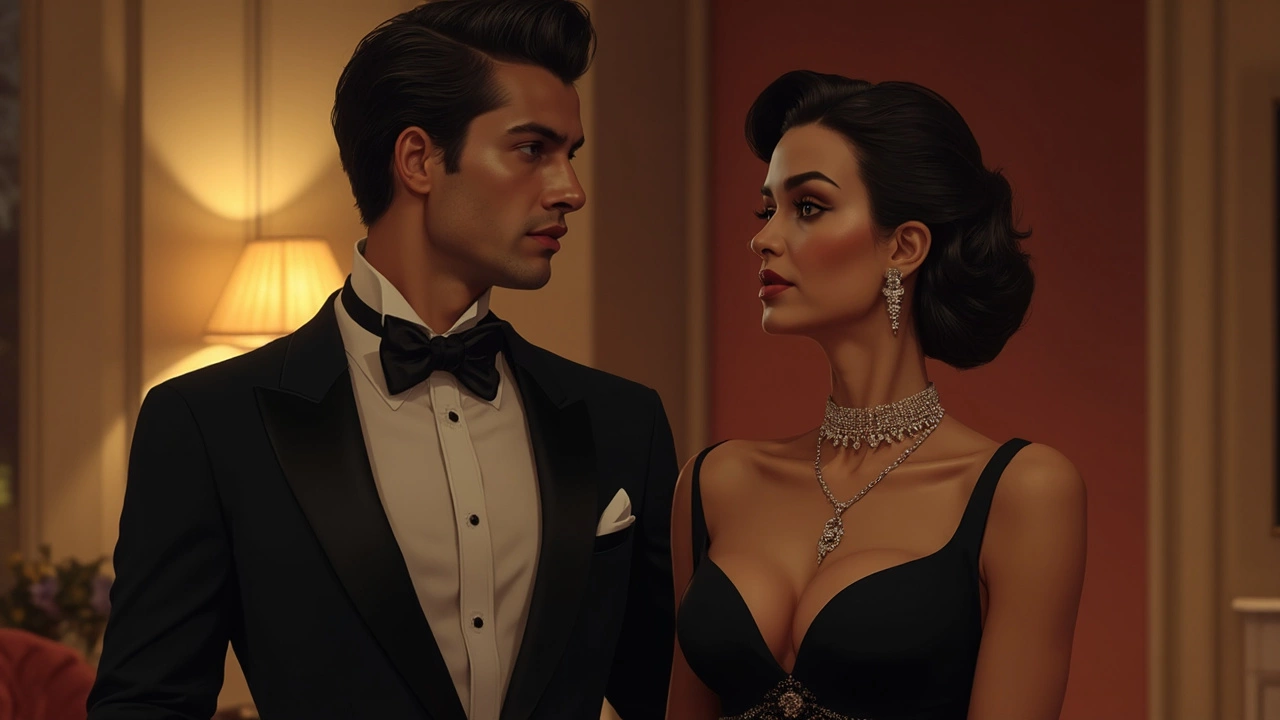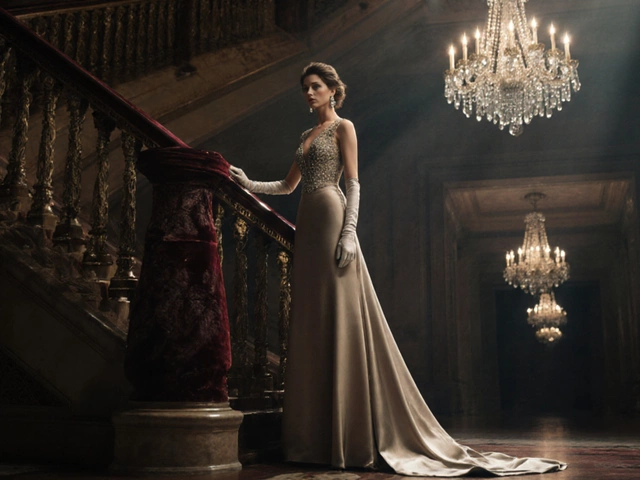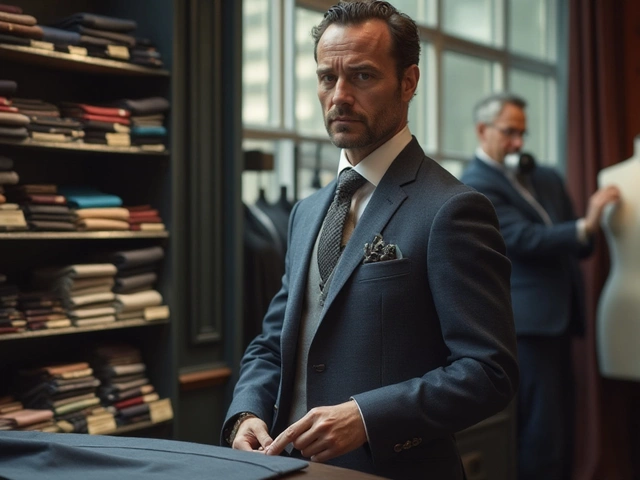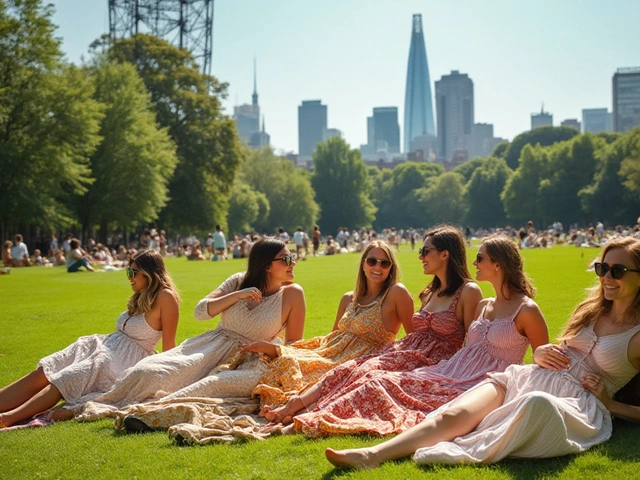Dress Code Advice You Can Use Right Now
Ever stare at an invitation and wonder what to wear? You’re not alone. Dress codes can feel like a secret language, but they don’t have to be. This guide breaks down the most common codes, shows you how to pick the right pieces, and gives fast fixes if you’re unsure. Grab a coffee, skim the rules, and walk into any event feeling confident.
Understanding Common Dress Codes
Casual means relaxed and comfortable. Think dark jeans, a clean t‑shirt, and simple sneakers. Avoid ripped denim or graphic tees with offensive slogans. Business casual steps it up: slacks or chinos, a button‑down shirt (no tie needed), and loafers or low‑heel shoes. A blazer adds polish, but you don’t need a full suit.
Smart casual sits between casual and business casual. Pair tailored trousers with a neat polo or a blouse, and add a light jacket or stylish shoes. Business formal is the classic office look: a suit, dress shirt, conservative tie for men, or a tailored dress or pant‑suit for women. Dark colors work best, and accessories stay minimal.
Dressy casual is for events like brunches or daytime parties. A dressy top with nice jeans, a midi skirt, or a casual dress works. Shoes can be flats, low heels, or clean boots. Formal / Black‑tie is the most upscale: a tuxedo or dark suit with a bow tie for men, and a floor‑length gown or elegant cocktail dress for women. Keep jewelry classy and shoes polished.
Quick Tips to Nail the Right Look
1. Read the invitation carefully. If it says “cocktail attire,” aim for a short, stylish dress or a dark suit with a dress shirt. If it just says “Saturday night,” treat it as smart casual.
2. Check the venue. Outdoor events may need layers, while a city club might call for sleek shoes. Match your outfit to the setting, not just the label.
3. Fit matters more than price. A well‑fitting cheap shirt looks better than an expensive baggy one. Tailor key pieces if you can; a hem or a nip can change everything.
4. Keep accessories simple. One statement piece—like a bold necklace or a patterned pocket square—adds interest without overwhelming the look.
5. Plan for comfort. You’ll enjoy the event more if you can move, sit, and dance without adjusting your outfit constantly.
6. Use the “5‑second rule.”strong> Look at yourself in the mirror. If you can describe your outfit in five seconds and it sounds appropriate for the event, you’re probably good.
7. Bring a backup. A spare pair of shoes or a lightweight jacket can rescue a last‑minute surprise like weather changes.
Remember, dress codes are guides, not strict laws. If you’re ever in doubt, lean toward a slightly more polished version of the code. It’s better to be a little overdressed than underdressed, and you’ll feel more at ease.
Now that you’ve got the basics, you can tackle any invitation with confidence. No more second‑guessing or last‑minute wardrobe panic—just clear, simple steps that let you focus on enjoying the event. Happy dressing!

Essential Evening Wear Rules: A Simple Guide to Looking Your Best
Evening wear might sound fancy, but it doesn't have to be complicated. This article breaks down the basics of what you need to know to look sharp and feel confident when dressing up for a night out. From understanding dress codes to choosing the right accessories, get practical tips you can use. Learn how to navigate the dos and don'ts of evening attire effortlessly. Whether it's a black-tie event or a relaxed dinner, make sure you're appropriately dressed.




